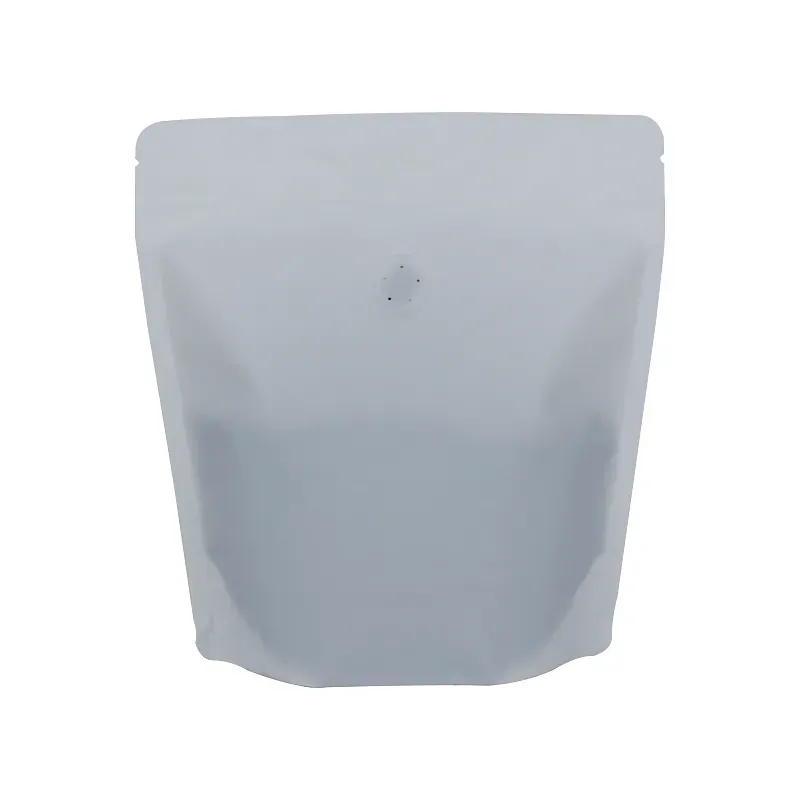- Afrikaans
- Albanian
- Amharic
- Arabic
- Armenian
- Azerbaijani
- Basque
- Belarusian
- Bengali
- Bosnian
- Bulgarian
- Catalan
- Cebuano
- chinese_simplified
- chinese_traditional
- Corsican
- Croatian
- Czech
- Danish
- Dutch
- English
- Esperanto
- Estonian
- Finnish
- French
- Frisian
- Galician
- Georgian
- German
- Greek
- Gujarati
- haitian_creole
- hausa
- hawaiian
- Hebrew
- Hindi
- Miao
- Hungarian
- Icelandic
- igbo
- Indonesian
- irish
- Italian
- Japanese
- Javanese
- Kannada
- kazakh
- Khmer
- Rwandese
- Korean
- Kurdish
- Kyrgyz
- Lao
- Latin
- Latvian
- Lithuanian
- Luxembourgish
- Macedonian
- Malgashi
- Malay
- Malayalam
- Maltese
- Maori
- Marathi
- Mongolian
- Myanmar
- Nepali
- Norwegian
- Norwegian
- Occitan
- Pashto
- Persian
- Polish
- Portuguese
- Punjabi
- Romanian
- Russian
- Samoan
- scottish-gaelic
- Serbian
- Sesotho
- Shona
- Sindhi
- Sinhala
- Slovak
- Slovenian
- Somali
- Spanish
- Sundanese
- Swahili
- Swedish
- Tagalog
- Tajik
- Tamil
- Tatar
- Telugu
- Thai
- Turkish
- Turkmen
- Ukrainian
- Urdu
- Uighur
- Uzbek
- Vietnamese
- Welsh
- Bantu
- Yiddish
- Yoruba
- Zulu
how to store food for long term
How to Store Food for Long-Term Preservation
Food storage is an essential skill that can help you save money, reduce food waste, and ensure that you have access to nutritious meals during times of scarcity. Whether you're preparing for an emergency, trying to be more self-sufficient, or simply want to keep your groceries fresh for longer, understanding how to store food for the long term is vital. Here are some effective methods to prolong the shelf life of your food.
1. Understand Food Preservation Methods
There are several methods for long-term food storage, each with its benefits and uses. Some of the most common methods include
- Canning This involves sealing food in airtight jars and heating them to kill bacteria and enzymes. Canning is ideal for fruits, vegetables, and even meats. Ensure that you use proper canning techniques to avoid spoilage and foodborne illnesses.
- Freezing Freezing is one of the simplest and most effective ways to extend the shelf life of many food items. Most fruits, vegetables, meats, and baked goods can be frozen. Make sure to use airtight bags or containers to prevent freezer burn and retain quality.
- Drying Dehydrating food removes moisture, which helps inhibit the growth of bacteria. You can use a food dehydrator, an oven, or even air-dry certain herbs. Dried fruits, vegetables, and jerky are great options for lightweight, shelf-stable snacks.
- Fermentation This method involves using beneficial bacteria to preserve food. Foods like yogurt, sauerkraut, and kimchi not only last longer but also provide probiotic benefits that can aid digestion.
- Vacuum Sealing This technique removes air from storage bags and containers, which helps slow down the oxidation process. Vacuum-sealed food can last significantly longer than food stored in traditional containers.
2. Choose the Right Ingredients
Not all foods are suitable for long-term storage. When selecting items, choose those with a longer shelf life or those that can withstand the storage process.
- Grains and Legumes Rice, quinoa, barley, and dried beans can last for years if stored properly in airtight containers in a cool, dark place.
- Canned Goods Look for items that are low in acid, like vegetables and meats
. High-acid foods, such as tomatoes and fruits, have a shorter shelf life.how to store food for long term

- Oils and Fats Store oils in a cool place, and consider refrigeration for nut butters. Certain oils can go rancid quickly, while others, like olive oil, have a longer shelf life.
- Root Vegetables Items like potatoes, sweet potatoes, onions, and carrots can be stored in a cool, dark environment for several weeks or months.
3. Proper Storage Techniques
How you store food is just as important as what you choose to store. Here are some best practices
- Temperature Control Keep your food in a temperature-stable environment. Most food should be stored between 50°F and 70°F (10°C to 21°C). Avoid areas with significant temperature fluctuations.
- Humidity Levels Foods like grains and flour can benefit from lower humidity levels, while fruits and vegetables may require higher humidity. Use moisture absorbers or humidifiers as needed.
- Light Exposure Store food in dark or opaque containers to protect it from light damage, which can degrade quality and flavor.
- Labeling Always label your food with the storage date and contents. This practice helps you keep track of what you have and when it should be used by.
4. Regular Inventory and Rotation
Implement a system to regularly check your stored food. This includes inspecting it for spoilage or damage and using up older items first (First In, First Out - FIFO method). Keeping an inventory also allows you to know what you have on hand for meal planning.
Conclusion
Storing food for the long term doesn’t have to be daunting. By utilizing various preservation methods, choosing suitable ingredients, applying proper storage techniques, and maintaining a regular inventory, you can ensure that your food lasts longer and remains safe to eat. With these strategies in place, you’ll be better prepared for any situation, all while enjoying the convenience and satisfaction of home-stored food.













